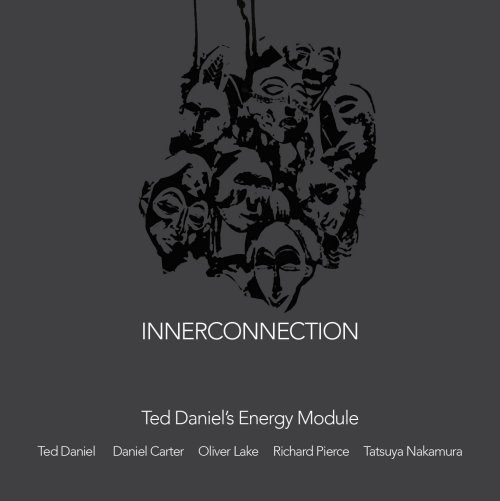Christine Schornsheim - Haydn: 8 Concerti For Harpsichord, Piano & Organ (2009)
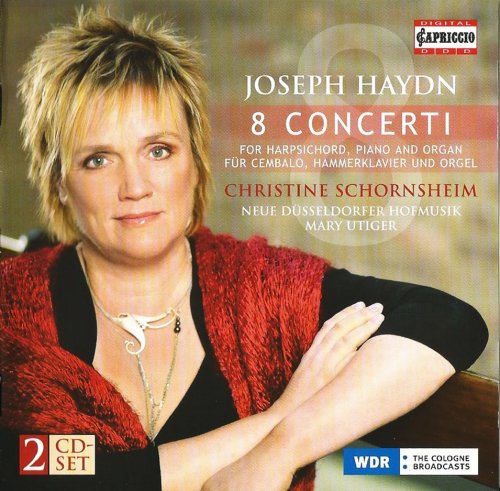
Artist: Christine Schornsheim
Title: Haydn: 8 Concerti For Harpsichord, Piano & Organ
Year Of Release: 2009
Label: Capriccio Records
Genre: Classical
Quality: FLAC (image+.cue,log,scans)
Total Time: 02:23:00
Total Size: 645 Mb
WebSite: Album Preview
Tracklist: Title: Haydn: 8 Concerti For Harpsichord, Piano & Organ
Year Of Release: 2009
Label: Capriccio Records
Genre: Classical
Quality: FLAC (image+.cue,log,scans)
Total Time: 02:23:00
Total Size: 645 Mb
WebSite: Album Preview
CD 1:
01. Concerto pour orgue en ut majeur Hob.XVIII.1 - I. Moderato [0:07:22.68]
02. Concerto pour orgue en ut majeur Hob.XVIII.1 - II. Largo [0:06:27.32]
03. Concerto pour orgue en ut majeur Hob.XVIII.1 - III. Allegro molto [0:05:13.44]
04. Concerto pour clavecin en ré majeur Hob.XVIII.2 - I. Allegro moderato [0:08:04.59]
05. Concerto pour clavecin en ré majeur Hob.XVIII.2 - II. Adagio molto [0:06:44.73]
06. Concerto pour clavecin en ré majeur Hob.XVIII.2 - III. Allegro [0:06:05.74]
07. Concerto pour clavecin en ut majeur Hob.XVIII.5 - I. Allegro moderato [0:04:49.22]
08. Concerto pour clavecin en ut majeur Hob.XVIII.5 - II. Andante [0:02:50.46]
09. Concerto pour clavecin en ut majeur Hob.XVIII.5 - III. Allegro [0:03:31.40]
10. Concerto pour piano en sol majeur Hob.XVIII.4 - I. Allegro [0:09:02.38]
11. Concerto pour piano en sol majeur Hob.XVIII.4 - II. Adagio cantabile [0:06:39.20]
12. Concerto pour piano en sol majeur Hob.XVIII.4 - III. Rondo presto [0:04:44.48]
CD 2:
01. Concerto pour piano en ré majeur Hob.XVIII.11 - I. Vivace [0:08:17.37]
02. Concerto pour piano en ré majeur Hob.XVIII.11 - II. Un poco adagio [0:06:51.20]
03. Concerto pour piano en ré majeur Hob.XVIII.11 - III. Rondo all'ungarese: Allegro assai [0:04:46.49]
04. Concerto pour orgue en ut majeur Hob.XVIII.10 - I. Moderato [0:04:36.00]
05. Concerto pour orgue en ut majeur Hob.XVIII.10 - II. Adagio [0:02:16.38]
06. Concerto pour orgue en ut majeur Hob.XVIII.10 - III. Allegro [0:03:10.12]
07. Concerto pour clavecin en fa majeur Hob.XVIII.3 - I. Allegro [0:09:37.73]
08. Concerto pour clavecin en fa majeur Hob.XVIII.3 - II. Largo cantabile [0:06:42.16]
09. Concerto pour clavecin en fa majeur Hob.XVIII.3 - III. Finale: Presto [0:04:17.26]
10. Concerto pour orgue en ut majeur Hob.XVIII.8 - I. Moderato [0:04:39.50]
11. Concerto pour orgue en ut majeur Hob.XVIII.8 - II. Adagio [0:03:06.58]
12. Concerto pour orgue en ut majeur Hob.XVIII.8 - III. Finale: Allegro [0:03:17.01]
Performers:
Christine Schornsheim - fortepiano, harpsichord, organ
Neue Düsseldorfer Hofmusik [on period instruments]
Mary Utiger - conductor
Many of us tend to pigeonhole composers; we think of Beethoven and Brahms as symphonists (and rightly so) and associate the name of Mozart with his 20-odd piano concertos. With Haydn we might answer with either the symphony or his unassailable settings of the Latin Mass. Seldom—if ever¬—is the gentleman from Rohrau, Lower Austria, thought of as a composer of concertos. But Haydn wrote a respectable number of them, including ones for flute, bassoon, and double bass that are irretrievably lost. Surviving ones include two each for horn and cello, one for trumpet and a number for keyboard as well. Although Haydn’s gifts as a keyboard performer were not comparable to those of Mozart, Haydn was a confident, not to mention accomplished performer, shown not only in the numerous surviving keyboard sonatas, but also in the solo parts of the keyboard concertos. With the exception of Hob XVIII: 11—the Concerto that concludes with the “all’ungarese,” or “Gypsy Rondo”—all of Haydn’s keyboard concertos were written before 1770.
The question of a solo instrument in these concertos is not an easy one to put to bed. The compass of the solo part in the five earliest concertos (Hob XVIII:1, 2, 5, 8, and 10) suggests the organ, with the first of these designated on the manuscript as “Concerto per l’organo.” But in his own catalog of compositions, Haydn wrote “per il clavicembalo,” so it seems that substitutions as pursued here by Schornsheim in the aforementioned concertos are entirely appropriate. However, in the later concertos (Hob XVIII:3, 4, and 11), the solo instrument was more than likely intended to be the harpsichord, the instrument of choice in Austria until around 1780. This explains the designation of the solo instrument in hand-written copies. But in the published versions, generally after the mid 1780s, the performer is offered a choice of either harpsichord or fortepiano.
As for the music itself, it is unquestionably solidly written, but it is not the Haydn of the middle or late symphonies; his comparative lack of interest in the keyboard concerto speaks volumes of his course and objective as a composer, as well as of the popular trend of the period. Beginning in the 1760s, the symphony emerged as the most accomplished form of orchestral music, and most composers placed the concerto in lesser regard. In Johann Georg Sulzer’s General Theory of the Beautiful Arts , we read that concertos were “nothing more than an exercise for the composer and performer, and an entirely indefinable, aimless diversion for the ear.”
Schornsheim’s talents are hardly challenged by this music; her playing exhibits sparkling virtuosity and an exceptional sense of line. The outer movements exude typical Haydnesque vigor and the slow movements are appropriately lyrical, with nicely shaped melodic lines as well as fluent but never tedious ornamentation. Energetic, vibrant, and colorful, these comfortably paced performances are supported with sympathetic and precise, but never antiseptic playing from Neue Düsseldorfer Hofmusik, their biting brass and potent timpani adding much ceremonial pomp to Hob XVIII:1 and 8.
The question of a solo instrument in these concertos is not an easy one to put to bed. The compass of the solo part in the five earliest concertos (Hob XVIII:1, 2, 5, 8, and 10) suggests the organ, with the first of these designated on the manuscript as “Concerto per l’organo.” But in his own catalog of compositions, Haydn wrote “per il clavicembalo,” so it seems that substitutions as pursued here by Schornsheim in the aforementioned concertos are entirely appropriate. However, in the later concertos (Hob XVIII:3, 4, and 11), the solo instrument was more than likely intended to be the harpsichord, the instrument of choice in Austria until around 1780. This explains the designation of the solo instrument in hand-written copies. But in the published versions, generally after the mid 1780s, the performer is offered a choice of either harpsichord or fortepiano.
As for the music itself, it is unquestionably solidly written, but it is not the Haydn of the middle or late symphonies; his comparative lack of interest in the keyboard concerto speaks volumes of his course and objective as a composer, as well as of the popular trend of the period. Beginning in the 1760s, the symphony emerged as the most accomplished form of orchestral music, and most composers placed the concerto in lesser regard. In Johann Georg Sulzer’s General Theory of the Beautiful Arts , we read that concertos were “nothing more than an exercise for the composer and performer, and an entirely indefinable, aimless diversion for the ear.”
Schornsheim’s talents are hardly challenged by this music; her playing exhibits sparkling virtuosity and an exceptional sense of line. The outer movements exude typical Haydnesque vigor and the slow movements are appropriately lyrical, with nicely shaped melodic lines as well as fluent but never tedious ornamentation. Energetic, vibrant, and colorful, these comfortably paced performances are supported with sympathetic and precise, but never antiseptic playing from Neue Düsseldorfer Hofmusik, their biting brass and potent timpani adding much ceremonial pomp to Hob XVIII:1 and 8.
![Oleksandr Kolosii - Paws Up (2023) [Hi-Res] Oleksandr Kolosii - Paws Up (2023) [Hi-Res]](https://www.dibpic.com/uploads/posts/2023-04/1681924828_folder.jpg)
![Summer Pearl - THE INTERLUDE (2025) [Hi-Res] Summer Pearl - THE INTERLUDE (2025) [Hi-Res]](https://img.israbox.com/img/2026-01/04/n6091nbvnv0l7y80mfcsf6d3n.jpg)
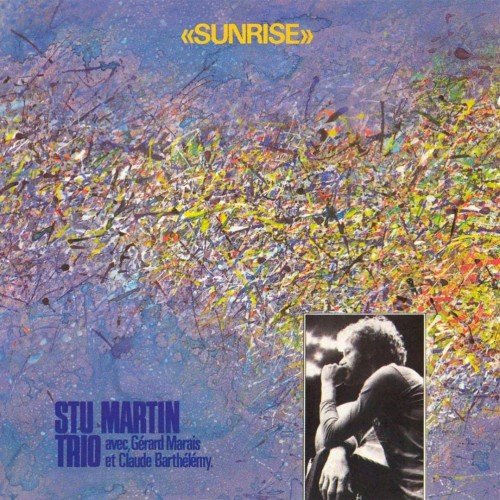
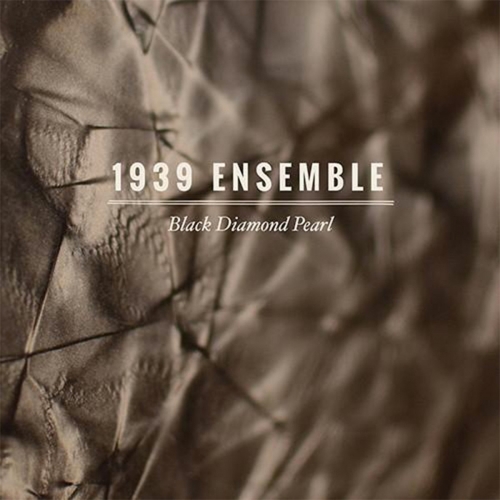
![Patrick Gibin - Let It Go / Joint Purpose / In This Together (The Joaquin Joe Claussell Remixes) (2025) [Hi-Res] Patrick Gibin - Let It Go / Joint Purpose / In This Together (The Joaquin Joe Claussell Remixes) (2025) [Hi-Res]](https://www.dibpic.com/uploads/posts/2026-01/1767515269_a0142682780_10.jpg)
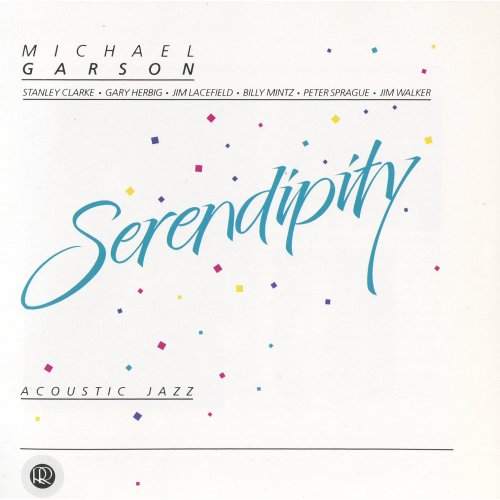
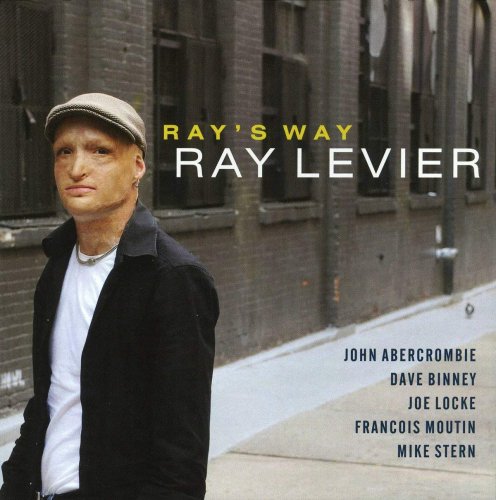
![Lynden Williams - I'm Not A Beast (2025) [Hi-Res] Lynden Williams - I'm Not A Beast (2025) [Hi-Res]](https://img.israbox.com/img/2026-01/03/rpqi5xgo0v6htdhrpyxmdjgyf.jpg)
